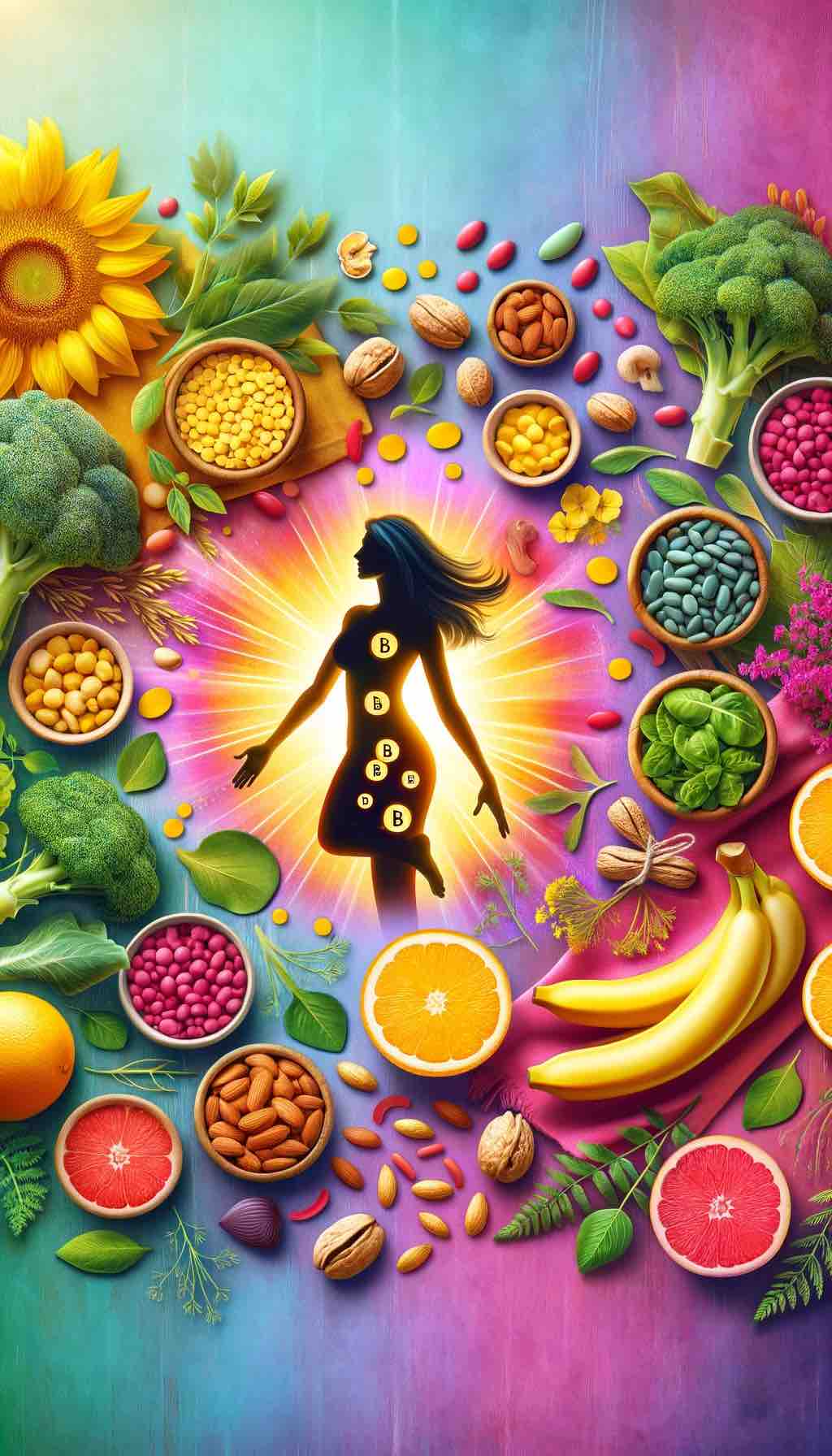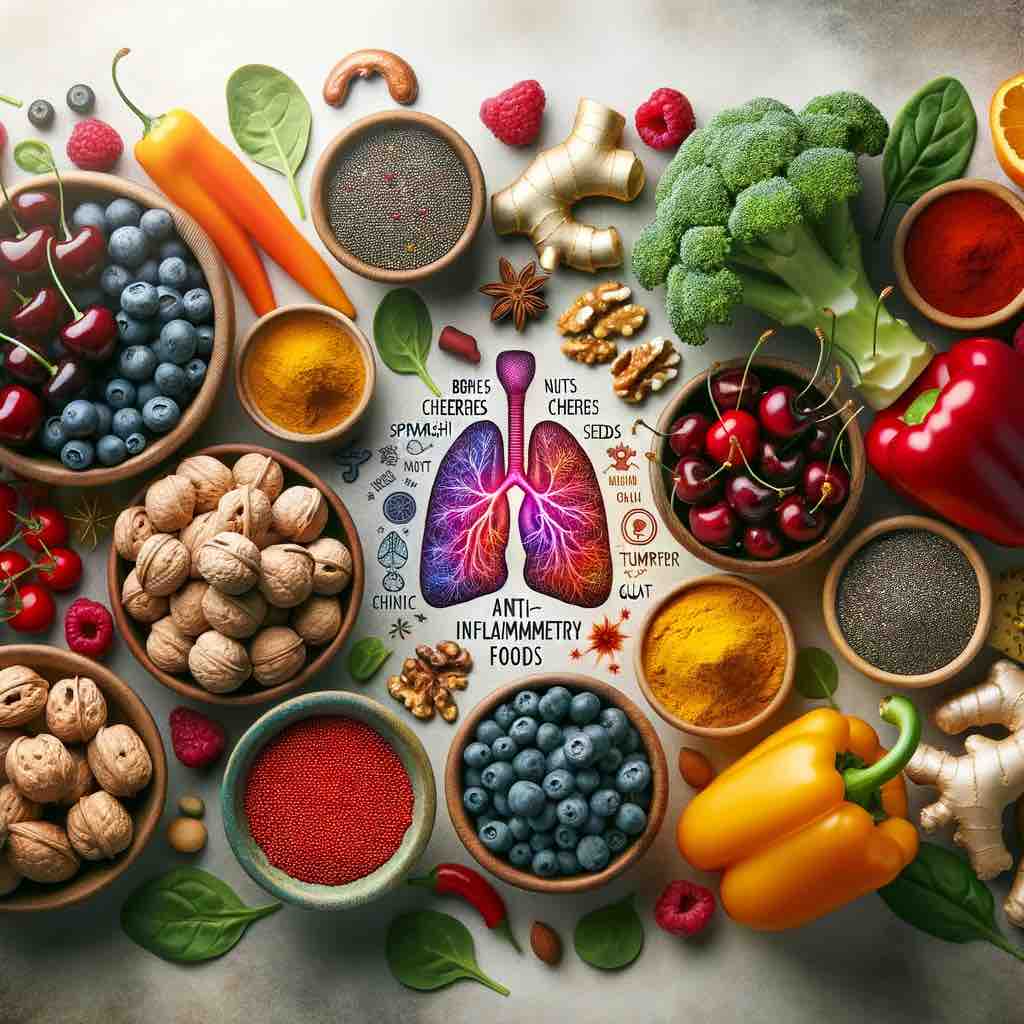
Introduction:
PMS (Premenstrual Syndrome) is more than just a cliché in a woman’s life; it’s a monthly reality that brings a suite of physical and emotional challenges. But what if your blender could be your ally in this battle? Discover the wonders of turmeric and magnesium-rich smoothies – a delicious, natural remedy for PMS relief.
Understanding PMS and Its Impacts:
Before diving into remedies, it’s important to acknowledge the diverse and sometimes debilitating symptoms of PMS. From mood swings and anxiety to bloating and severe cramps, these symptoms are rooted in hormonal fluctuations and nutritional imbalances that precede menstruation.
Turmeric: A Spice for Wellness
- Turmeric’s Healing Properties: This golden spice isn’t just for flavor. It’s packed with curcumin, a potent anti-inflammatory agent that helps alleviate PMS symptoms. Its benefits extend to mood enhancement, reducing anxiety, and offering pain relief.
- Clinical Backing: Research supports turmeric’s effectiveness in reducing PMS symptoms. Regular supplementation with curcumin has shown significant improvements in mood, physical discomfort, and behavioral changes associated with PMS.
Magnesium: The Essential Mineral
- Why Magnesium Matters: Often overlooked, magnesium plays a vital role in over 300 biochemical reactions in the body. It’s particularly crucial for women’s health, helping to ease cramps, reduce bloating, and stabilize mood swings.
- Incorporating Magnesium: Many of us don’t get enough magnesium from our diet. Leafy greens, nuts, seeds, and avocados are magnesium-rich foods that can help maintain the right levels and offer relief from PMS symptoms.
Smoothie Recipes: Your Delicious Remedy
- The Turmeric Tranquility Smoothie:
- Blend a teaspoon of turmeric, a ripe banana, a cup of pineapple (for extra sweetness and bromelain content), almond milk, and a dash of black pepper. This smoothie combines anti-inflammatory benefits with a tropical twist.
- The Magnesium Booster:
- Mix spinach, a handful of almonds, pumpkin seeds, Greek yogurt, and a tablespoon of flaxseeds with some almond milk. Rich in magnesium and omega-3, this smoothie can help alleviate cramps and improve overall mood.
- The Berry Magnesium Miracle:
- Blend a cup of mixed berries, a banana, a handful of spinach, chia seeds, and a splash of coconut water. Berries are not only rich in antioxidants but also magnesium, making this a delightful way to ease PMS symptoms.
- Golden Ginger Glow:
- Combine fresh ginger (a natural anti-inflammatory), turmeric powder, a ripe banana, a touch of cinnamon, and almond milk. This smoothie is perfect for soothing the digestive system and reducing menstrual pain.
Maximizing the Benefits:
To harness the full potential of these smoothies, start integrating them into your diet a week before your period begins. Consistency is key – these natural remedies work best when consumed regularly.
Understanding the Limits:
While turmeric and magnesium-rich smoothies can significantly alleviate PMS symptoms, they are part of a broader approach to menstrual health that includes regular exercise, adequate hydration, and stress management.
Conclusion:
Turmeric and magnesium aren’t just ingredients; they’re your allies in the quest for a more comfortable menstrual cycle. Embrace these natural remedies in your routine and turn the tide on PMS, one delicious sip at a time.
Engage and Share:
Have you found natural ways to manage PMS? Do you have any favorite smoothie recipes or tips? Share in the comments below and let’s create a supportive community around menstrual wellness.
FAQs for “PMS Alleviation: Turmeric and Magnesium-Rich Smoothies for Women”
- How do turmeric and magnesium help in alleviating PMS symptoms? Turmeric contains curcumin, an anti-inflammatory compound that can reduce pain and improve mood. Magnesium regulates nerve and muscle function, easing cramps and mood swings associated with PMS.
- Can these smoothies completely replace my PMS medication? While turmeric and magnesium-rich smoothies can significantly alleviate symptoms, they should complement, not replace, medical advice or prescribed medication. Always consult a healthcare professional for severe PMS symptoms.
- What is the best time to start drinking these smoothies for PMS relief? Begin incorporating these smoothies into your diet about a week before your expected period. Consistent intake is essential for maximizing their benefits.
- Are there any specific turmeric or magnesium-rich ingredients particularly effective for PMS? Ingredients like spinach, bananas, almonds, and turmeric root are particularly effective. Spinach and almonds are high in magnesium, while bananas and turmeric provide anti-inflammatory benefits.
- Can I consume turmeric and magnesium-rich smoothies every day? Yes, you can consume these smoothies daily, especially during the days leading up to and during your period, to help manage PMS symptoms effectively.
- Do these smoothies have any side effects? Generally, these smoothies are safe and natural. However, excessive consumption of turmeric may cause digestive discomfort in some individuals.
- Can men benefit from these smoothies too? Absolutely! While formulated for PMS relief, these smoothies are nutritious and beneficial for anyone looking to incorporate anti-inflammatory and magnesium-rich foods into their diet.
- How do these smoothies benefit overall women’s health? Besides PMS relief, these smoothies can improve overall health by providing essential nutrients, enhancing digestion, and supporting hormonal balance.
- Are these smoothies suitable for those with dietary restrictions? Yes, these smoothies can be adapted to suit various dietary needs, including dairy-free and gluten-free options, making them versatile for different dietary preferences.
- Can I make these smoothies ahead of time? Yes, you can prepare these smoothies in advance, although they’re best enjoyed fresh. If stored in an airtight container, they can be kept in the refrigerator for up to 24 hours.
Blog Tags
PMS relief, natural remedies, turmeric benefits, magnesium-rich foods, women’s health, menstrual health, healthy smoothies, anti-inflammatory diet, nutritional wellness, hormone balance












